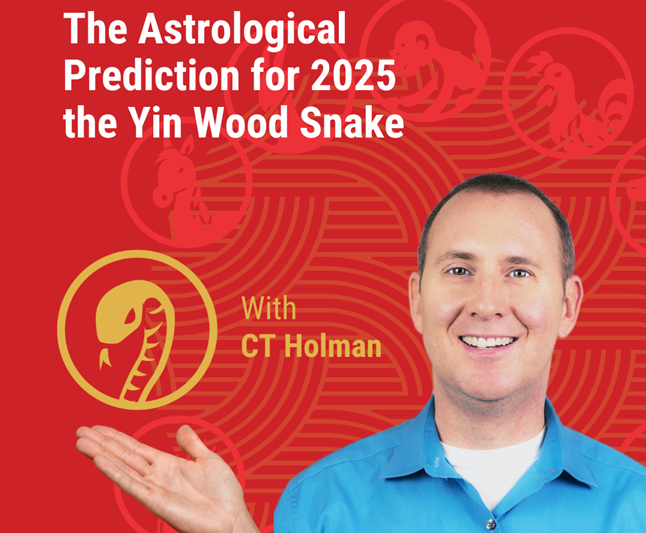Uncertainty is a condition that exists as a clinical reality for every practitioner, regardless of their level of experience. There is a range in the degree of uncertainty – from a clear state of diagnosis and understanding of treatment to a situation where it is impossible to decide how to classify the case and address the main complaint.
The question arises about how one handles a situation in which there is no complete certainty as to the problem the patient suffers from. In the Western world, we think that a particular problem fits in one specific solution. In Chinese medicine, the situation is different – even if there is no precise diagnosis, it is still possible to treat and help the patient.
Various masters in Chinese medicine have proposed acupuncture protocols that affect specific areas of the body or cause movement that can also be used in a condition that is not completely deciphered. This is similar to general conditions in Western medicine, where antibiotics are prescribed for infection or cortisol in the event of inflammation, even if no further details regarding the patient’s medical condition are known. Similarly, we can use St 36 for stomach issues and Bl 40 for back pain.
Acupuncture creates a healing mechanism in the body that regulates itself, so even a point related to the patient’s general condition will trigger the process. This way, it is possible to move from a state of non-diagnosis to a state of general treatment formula.
When it comes to mental states, one can use questions addressed to the patient, such as “what do you need right now?”. “If there was a magic needle, what would you choose to change?” Depending on the patient’s answer and mood, the points can be chosen. It is helpful to include Earth points that balance and control the fear of Water in the treatment. For example, we might use Liv 3 to treat a state of difficulty in making decisions, Pc 7 for loneliness, and Lu 9 for the state of mourning. These points are also Source Points and, as such, are related to Yuan and Shen.
In mental states, one can also move to think that focuses on Chinese medicine’s symbols, such as Wood and Fire. There are several approaches to solve the problem; all of them are good if we address the core imbalance of the patient. The effect of the treatment can be monitored immediately by examining changes in the pulse, changes in the patient’s appearance, and a change in their feeling. You can also wait for the subsequent treatment and see if there has been an improvement in the symptoms.
Treatment in the state of lack of knowledge can be done both by a veteran therapist and a young therapist. The more experienced the practitioners are, the more likely they are to feel safe in the healing possibilities of Chinese medicine; as a result, they are more convenient being in a state of uncertainty. Over time you realize that the healing power lies within the patients themselves, and trust grows in the treatment, the healing ability of the patient and yourself as a therapist.
Trust is an essential factor that enables the therapist to be better without needing a safe place that forces certainty. The transition between uncertainty and confidence passes through trust, which is vital to the clinical situation. Chinese medicine is rooted in the Dao, which gives birth to the concept of Wu Wei, doing without action; the lack of action and the response to what is happening are more important than the action. Thus, in a situation of uncertainty, it is possible to reach a treatment that will bring about a more remarkable change than a state of certainty and control.
This article was first published in Hebrew in the ICCM Journal, March 2016.

Check out our FREE course, “What Do You Do When You Don’t Know What to Do?” Dr Yair Maimon answers one question we all deal with in the clinic.





